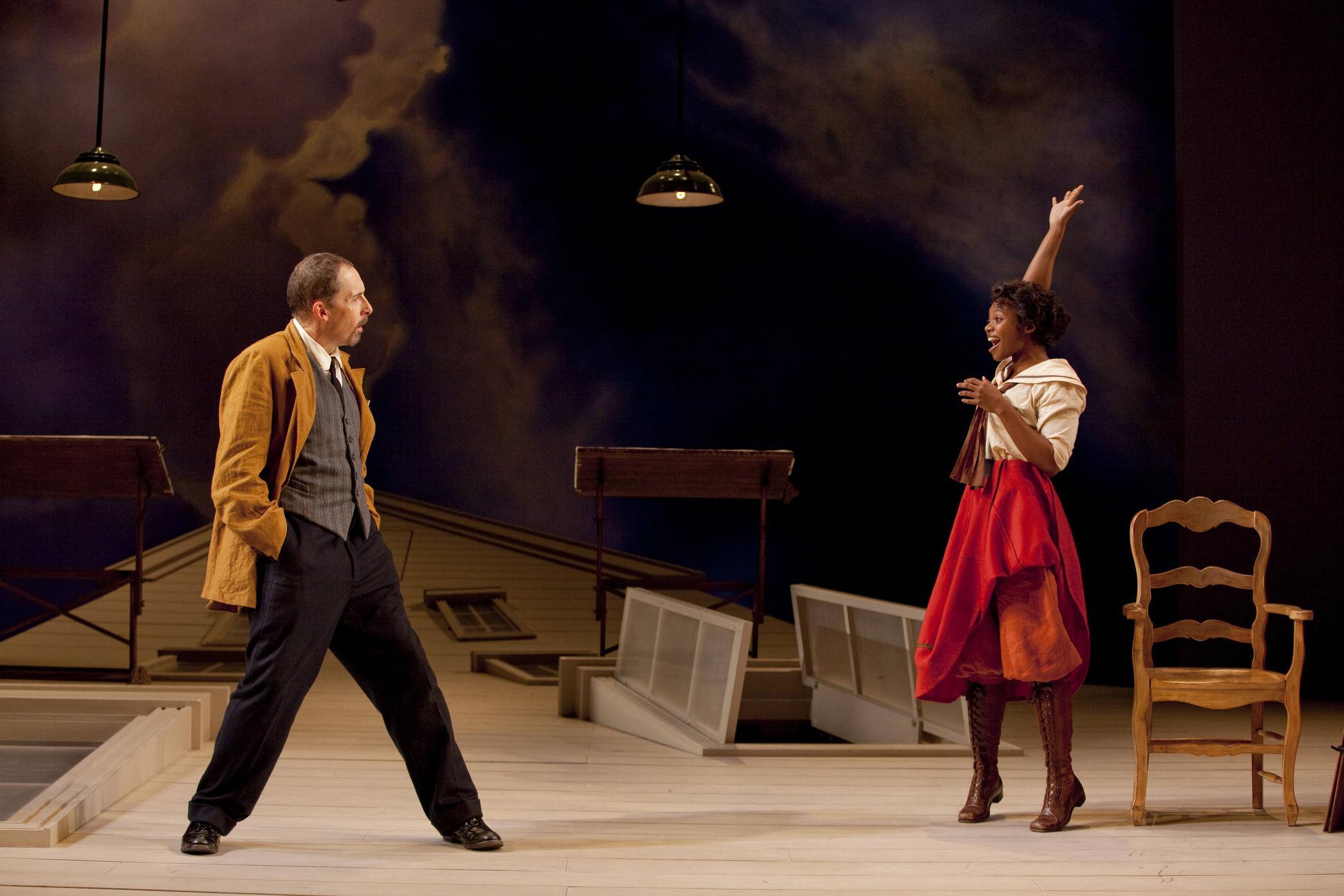The other day, I woke to the radio reporting, “Lung stolen from Peru exhibition of human cadavers.” And then later that morning, I read Leslie Adrienne Miller’s fifth collection of poems, The Resurrection Trade and the missing lung in Peru began to make more sense. The collection of poems knocked my socks off. It left me quite gasping after a few particularly brilliant poems. The impetus driving The Resurrection Trade is Miller’s exhaustive study of the ancient practice of “trafficking corpses.” For much of the 18th and 19th centuries, the study of anatomy and medicine heightened a need for bodies. Scientists paid and so people robbed graves, and some made art of the science and the dead.
Miller’s scientific and poignant craft provides a sort-of answer to the question of why humans are so interested in dead bodies. She writes about her own life as a mother and poet and the 18th century sketches intermittently, and in doing so, there is a certain stitching together of these two worlds.
The title poem is a mediation on the illustrations in an 18th century French text entitled, History and Bibliography of Anatomic Illustration. In this text, Miller focuses on the particularly striking portraits: a woman, a pregnant woman, and a woman in labor-all dead and rendered as study, sketched as figures in various stages of flayed and grotesque beauty. (The cover of the book is one of the mezzotint illustrations, and as Miller points out, the woman was left with her “ rococo face.” Apparently, these women often were depicted in medical books with still, quizzical and romantically flushed faces.)
The back of the book is rife with mini history lessons as addenda to many of the poems. Her poem “Rough Music, Edinburgh, 1829” was written about a rush of 17 women in Edinburgh who were murdered, and whose bodies were sold (at a good price) to anatomist Robert Knox. One of the women whose cadaver was portrayed was named Mary Paterson,“too fresh/for legitimate death” and delivered to Surgeons Square “still warm.” She was a:
gift to men of science, and so also to me, woman of the new world digging through old books to resurrect her murdered parts, to offer her my own rough music, the strange collusion of imaginary science and real art.
She draws with her words, not just the lives of the sketched the flesh, but of those sketching and cutting, like Knox himself. In “’The Flayed Angel’” I began to wonder who was the artist portraying whom:
If she were a photograph or simple lines less art or more science, what we’d miss is the man who had to be there in the flesh with a tray of graving tools and pair of living eyes, who had to read her with a knife and scrape the burr from every rib, who had to know the permanence of every cut.
And there is the sense in here of archeology: that in order to discover more about a place, people, or body, the layers of dirt or skin must be destroyed. To “read with a knife” is a phrase that comes up a few other times in the collection. This idea that in order to learn more, we have to uncover and wreck is a wonderful paradox that floats through the book.
Maybe this is the same idea that makes the stolen body parts from The Bodies Exhibit seem so compelling. It is the missing piece that calls attention to the meaning behind the exhibit-why we’d want to go. The lung, gone missing, sheds light on the human need or want to see the body, to understand it. We learn, too, by making art. Did the thief need to touch or sketch, or photograph the lung? If so, why?
Think of the thief’s hands hovering over the cold organs before sliding a lung into a knapsack; such a stunning portrait that would make! A portrait of a basic human trait: uncontrollable curiosity- or so I’d like to think. But, This is exactly what makes The Resurrection Trade work. It is uncontrollably curious and surprising and honest. It makes art of the grotesque-made-art. It’s honest as an open heart and mind would be.
The lung has since been returned to the exhibit in Peru. No questions asked. Maybe the whole thing was just a dare.
 Henrik Ibsen’s dramas are classics of the theater, and his best-known plays lay bare the stultifying social mores of the late 19th century: A Doll’s House, Ghosts, Hedda Gabler. The later Ibsen, while still based in the naturalism of his main period, moves toward drama that is more symbolic, perhaps even allegorical -- dramas where the astute student of theater might see possibilities opening up for a new age of stagecraft.
Henrik Ibsen’s dramas are classics of the theater, and his best-known plays lay bare the stultifying social mores of the late 19th century: A Doll’s House, Ghosts, Hedda Gabler. The later Ibsen, while still based in the naturalism of his main period, moves toward drama that is more symbolic, perhaps even allegorical -- dramas where the astute student of theater might see possibilities opening up for a new age of stagecraft.